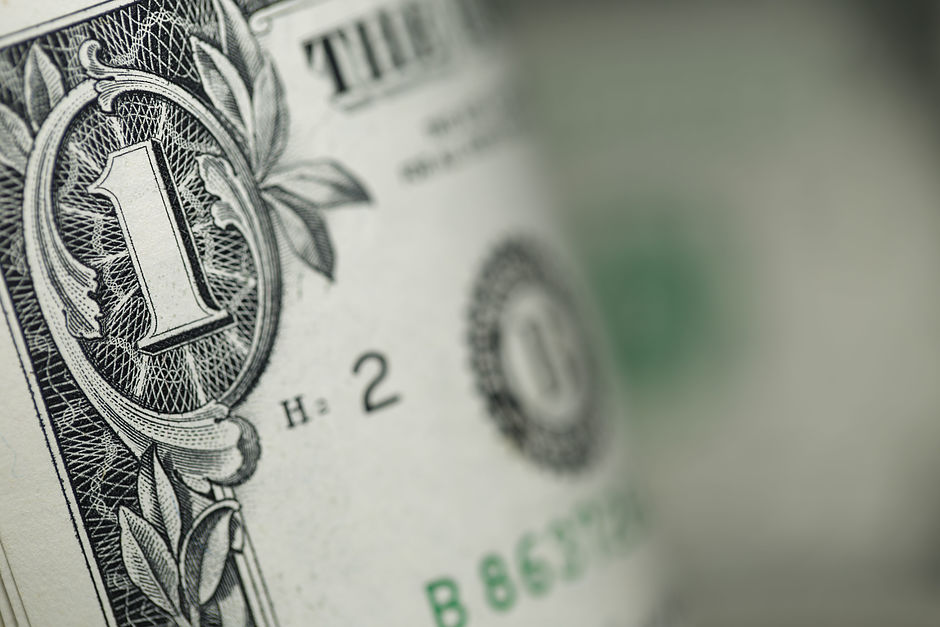US Dollar steady assessing the start of the week with dust settling over NFP
- The US Dollar holds on to Friday’s gains on Monday.
- US economic calendar is light on Monday, letting the dust settle further over Friday’s NFP report.
- The US Dollar Index moves further away from key technical support levels with 105.00 as a target for the end of this week.

The US Dollar (USD) is kicking off this Monday with both the Asian and the European trading session in the green. The Greenback is able to hold on to the gains it locked in on Friday after a very strong US Nonfarm Payrolls print that surpassed all expectations by coming in at 303,000 instead of declining from 275,000 to 200,000. The question will be this week if traders will start to factor in US exceptionalism, which would mean that the US economy will thrive further without any rate cuts from the US Federal Reserve.
There is only one big event to look out for this Monday, which is the participation of Federal Reserve Bank of Minneapolis President Neel Kashkari in a Town Hall meeting at the University of Montana in Missoula. Although Kashkari is a non-voter this year, known for his hawkish stance, a change in his comments could mean an alteration in market expectations over the Fed’s monetary policy.
Daily digest market movers: Monday snooze
- The US Treasury Department is getting ready for action this Monday with no less than two auctions: Both a 3-month and a 6-month bill will be auctioned around 15:30 GMT.
- Federal Reserve Bank of Minneapolis President Neel Kashkari will speak in a Town Hall meeting at the University of Montana in Missoula. Expect any market-related comments from him to come in around 23:00 GMT.
- A very calm start of the week with Asian equities overall up in Japan and China by more than 0.50%. Both the European and US equities are taking over the positive tone by trading in the green.
- According to the CME Group’s FedWatch Tool, expectations for the Fed’s May 1 meeting are at 98.2% for keeping the fed funds rate unchanged, while chances of a rate cut are at 1.8%.
- The benchmark 10-year US Treasury Note trades around 4.48% after it rallied over 20 basis points in just one week.
US Dollar Index Technical Analysis: From here...
The US Dollar Index (DXY) broke a lot of pots on Friday after the US Jobs Report came in with a stellar performance. Questions will start to grow further now among traders if those awaited Fed rate cuts will be coming, and the answer will be: probably not. Certainly, June looks more and more likely not to be the moment, which means a repricing to later 2024 or even 2025. Speculation of delayed rate cuts should coincide with a bit more US Dollar strength as all other major central banks are getting ready to cut.
That first pivotal level for the DXY comes in at 104.60, which got broken last week on Wednesday to the downside, though broken up again from below on Friday. Further up, 105.12 is the key point after the DXY failed to break that level last week. Once above there, 105.88 is the last resistance point for now before the Relative Strength Index (RSI) will trade in overbought levels.
Supports from the 200-day Simple Moving Average (SMA) at 103.81, the 100-day SMA at 103.43, and the 55-day SMA at 103.89 have shown their importance last week on Wednesday. Further down, the 103.00 big figure looks to remain unchallenged for longer with ample support thus standing in the way.
Fed FAQs
Monetary policy in the US is shaped by the Federal Reserve (Fed). The Fed has two mandates: to achieve price stability and foster full employment. Its primary tool to achieve these goals is by adjusting interest rates. When prices are rising too quickly and inflation is above the Fed’s 2% target, it raises interest rates, increasing borrowing costs throughout the economy. This results in a stronger US Dollar (USD) as it makes the US a more attractive place for international investors to park their money. When inflation falls below 2% or the Unemployment Rate is too high, the Fed may lower interest rates to encourage borrowing, which weighs on the Greenback.
The Federal Reserve (Fed) holds eight policy meetings a year, where the Federal Open Market Committee (FOMC) assesses economic conditions and makes monetary policy decisions. The FOMC is attended by twelve Fed officials – the seven members of the Board of Governors, the president of the Federal Reserve Bank of New York, and four of the remaining eleven regional Reserve Bank presidents, who serve one-year terms on a rotating basis.
In extreme situations, the Federal Reserve may resort to a policy named Quantitative Easing (QE). QE is the process by which the Fed substantially increases the flow of credit in a stuck financial system. It is a non-standard policy measure used during crises or when inflation is extremely low. It was the Fed’s weapon of choice during the Great Financial Crisis in 2008. It involves the Fed printing more Dollars and using them to buy high grade bonds from financial institutions. QE usually weakens the US Dollar.
Quantitative tightening (QT) is the reverse process of QE, whereby the Federal Reserve stops buying bonds from financial institutions and does not reinvest the principal from the bonds it holds maturing, to purchase new bonds. It is usually positive for the value of the US Dollar.
Author

Filip Lagaart
FXStreet
Filip Lagaart is a former sales/trader with over 15 years of financial markets expertise under its belt.

















